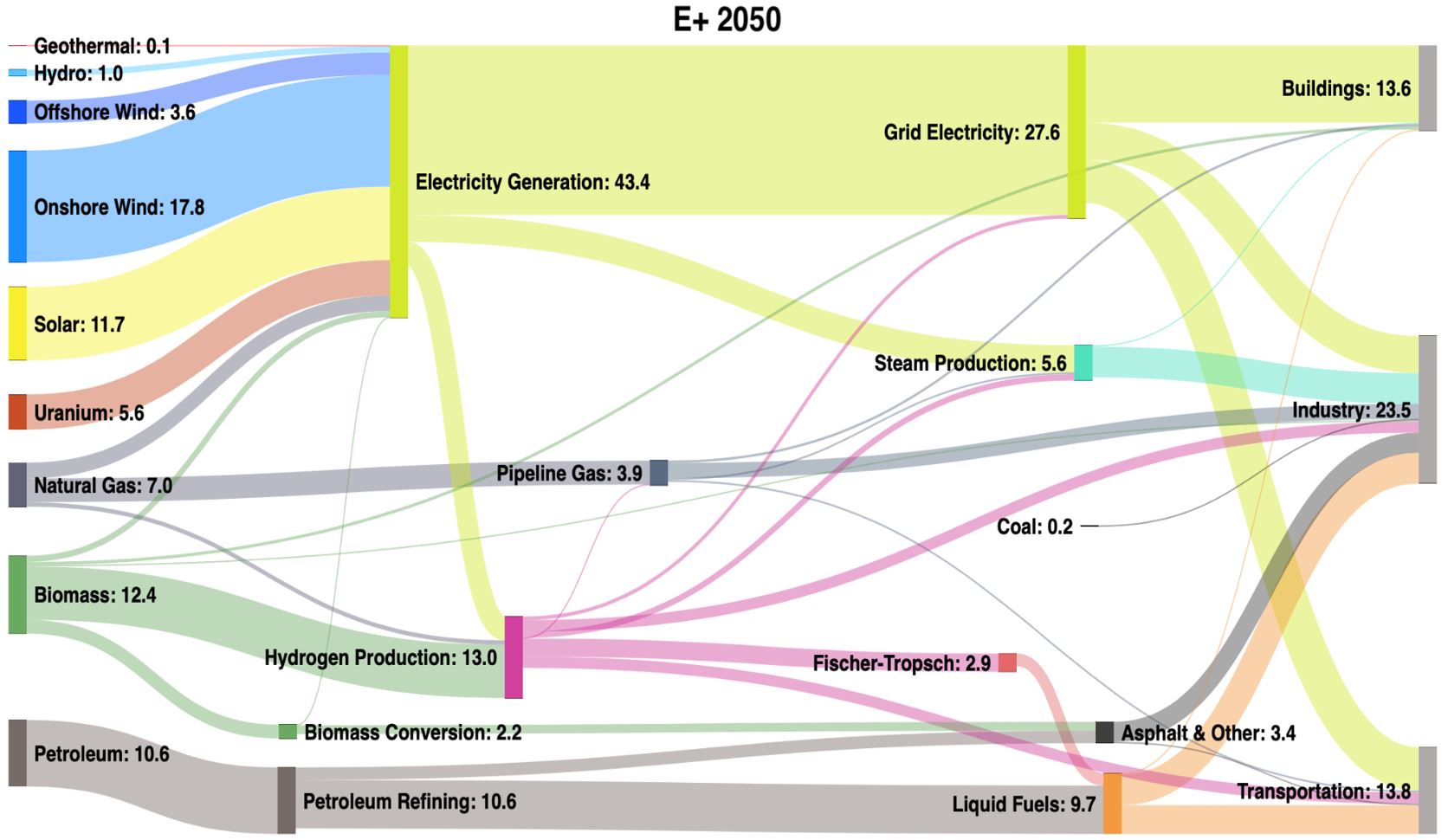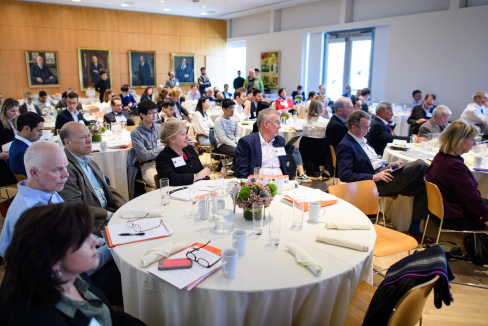Principal Investigator
At a Glance
Princeton’s ZERO Lab, led by Jesse Jenkins, is developing a new open-source, high-performance macro-energy systems planning model to explore decarbonization technologies and chart cost-effective pathways to net-zero greenhouse gas emissions for countries around the world. The model leverages mathematical “decomposition methods” to take full advantage of parallel computing capabilities, delivering unprecedented resolution and improved co-optimization of increasingly coupled energy networks from electricity, liquid fuels and natural gas to hydrogen, bioenergy, and industrial processes.
Research Highlight
The Zero-carbon Energy Systems Research and Optimization Laboratory, or ZERO Lab, is developing a new, open-source, high-performance macro-energy systems planning model known as MACRO to explore and understand pathways to net-zero emissions. The model optimizes changes in energy supply and network infrastructure across the economy, ranging from electricity, liquid fuels and natural gas to hydrogen, bioenergy, and industrial processes as well as carbon dioxide (CO2) transport, storage and use.
The electricity sector will play an increasingly expanded and central role in any net-zero emissions energy system (Figure 7.1). It is therefore critical that any model charting pathways to decarbonize the economy accurately captures the dynamics of the electricity sector, the electrification of end uses like transportation and heating, and electricity’s use to produce intermediate fuels like hydrogen or synthetic liquid fuels. MACRO is thus an “electricity-centric” model, featuring an unprecedented level of temporal granularity in an economywide, macro-energy systems model. This high resolution is critical for accurately planning and ensuring reliable electricity supplies in power systems with high shares of variable, weather-dependent renewable energy sources like wind and solar power.

A Sankey diagram shows flows of energy across a net-zero emissions U.S. economy in 2050, highlighting the central role of the electricity sector and high degree of coupling across and between sectors (Larson et al., 2021).
Traditional macro-energy systems optimization models are formulated as a single monolithic optimization problem, or linear programming problem. Unfortunately, the computational requirements of such models, including computing time and memory requirements, scale non-linearly with the size and complexity of the model. This has severely limited previous published analyses, forcing them to represent the electricity sector in a highly simplified manner, by ignoring key technical constraints or operational dynamics. Computational constraints have also caused previous studies to model only a small subset of hours or days in the year (e.g., 20-40 ”representative days”) to try to represent electricity system operations. These abstractions have been necessary to keep traditional models computationally tractable, but can significantly bias results. Any inaccuracy in the representation of the electricity sector will ripple across all other sectors, given the myriad interactions between electricity and other energy networks and industries in a decarbonizing future.
Overcoming these limitations demands new techniques to dramatically improve the computational performance of macro-energy systems optimization models. ZERO Lab has worked for several years on mathematical “decomposition methods” that exploit our detailed knowledge of the specific structure of these models. The strategy is to decompose large-scale problems into numerous smaller subproblems and enable better exploitation of parallel supercomputing capabilities and the application of custom methods that can substantially reduce computational time (Jacobson et al., 2023). The new methods ensure that the computational time scales linearly (rather than quadratically) with temporal resolution while enabling calculations of optimal discrete infrastructure investment and retirement decisions with effectively no increase in computational time. This latter capability is important to capture economies of unit scale in energy systems infrastructure (e.g., transmission lines, pipelines, industrial facilities), which is typically intractable in any other macro-energy systems planning model.
Development of MACRO leverages ZERO Lab’s expertise building GenX, a best-in-class, well-established open-source electricity system planning model.1 The tool will also incorporate development of novel formulations informed by detailed engineering process simulations and technoeconomic analyses. The aim is to represent a richer set of technologies and strategies to decarbonize industrial processes such as iron and steel, cement, chemicals and fuels, and industrial process heat requirements that are currently absent from most models.
When fully implemented, the MACRO tool will provide a new, open-source model for use in ZERO Lab’s Technology Evaluation Program. This program focuses on evaluating and optimizing low-carbon energy technologies and guiding investment, research, and technology policy decisions. MACRO will also serve as the new workhorse model for a variety of granular, actionable net-zero transition studies conducted with research partners around the world and patterned after the high-impact Net-Zero America study, including the Net-Zero India study supported by CMI.
References
Jacobson, A., F. Pecci, Q. Xu, N. Sepulveda and J. D. Jenkins, 2023. A computationally efficient Benders decomposition for energy systems planning problems with detailed operations and time-coupling constraints. INFORMS Journal on Optimization 6(1):32-45. (https://doi.org/10.1287/ijoo.2023.0005).
Larson, E. et al., 2021. Net-Zero America: Potential pathways, infrastructure, and impacts final report, Princeton University. (https://doi.org/10.5281/zenodo.6378139).




